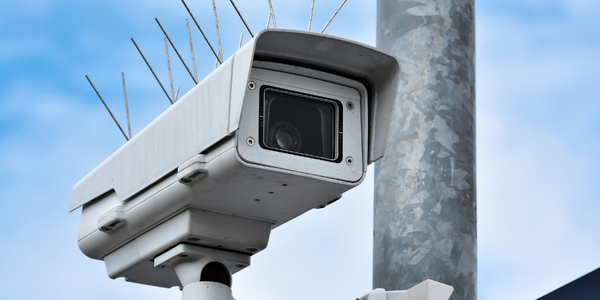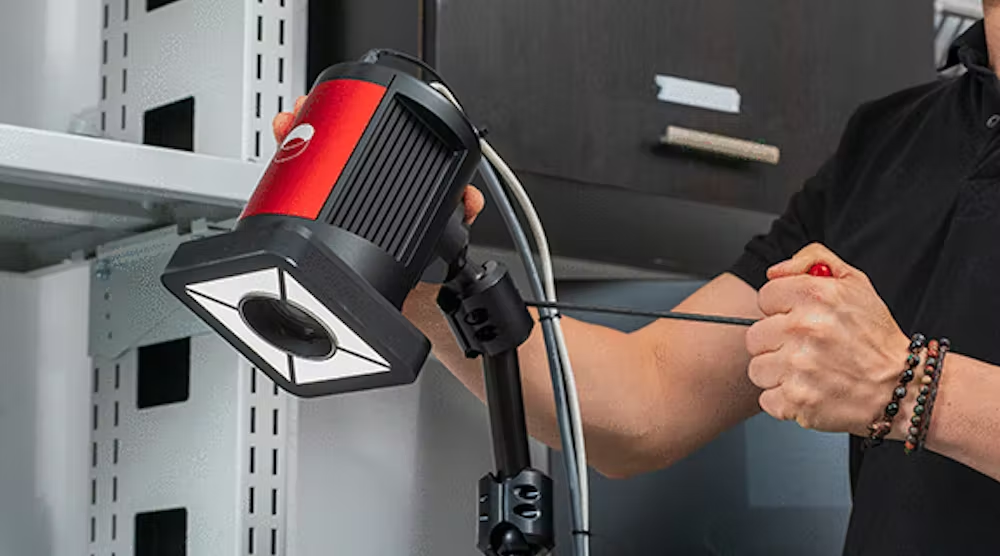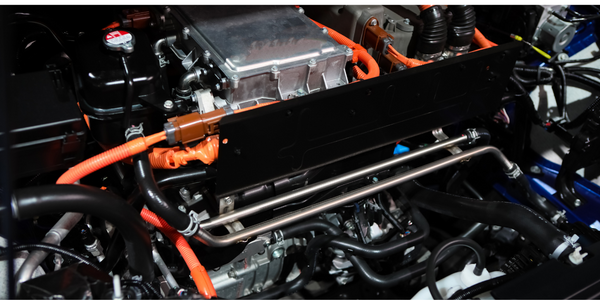
Technology Category
- Analytics & Modeling - Machine Learning
- Functional Applications - Remote Monitoring & Control Systems
- Networks & Connectivity - Gateways
- Platform as a Service (PaaS) - Device Management Platforms
- Platform as a Service (PaaS) - Edge Computing Platforms
Use Cases
- Computer Vision
About The Customer
Solution integrator for smart surveillance solutions
The Challenge
-Managing large scale fleet of remotely located Cameras and IoT Gateways turns out to be operational expensive job.
-Upgradation of AI/ML applications running on the Cameras.
-Application Orchestration and management becomes challenging for AI and ML applications running across the solution.
-Frequent failures require truck rolls.
The Solution
-Single click provisioning of applications on LPU, upgrade ML models.
-Single click remote connectivity.
-Machine assisted remote debugging/troubleshoot.
Operational Impact
Quantitative Benefit

Case Study missing?
Start adding your own!
Register with your work email and create a new case study profile for your business.
Related Case Studies.

Case Study
A New Level of Urban Freight Control via RFID
The municipality of Verona had the exigency to enforce the regulations for commercial vehicles for into the historic city center to reduce traffic, vehicles with permits dedicated to city logistics within certain hours often exceeded the permitted period of stay inside the congestion zone. In addition Verona had the goal to eliminate the falsification of disabled parking passes and increase the on street enforcement. The historic city center of Verona was already equipped with a congestion area system comprising of video cameras, but the ratification of the system limited the functionality of the system. It was not possible to measure time of ingress and egress nor the duration of stay of single vehicles. Once entered, it was not possible to verify if the vehicle spent more than the consented period of time inside the city leading to an increased congestion. For disabled people, the existing solution led to various problems: to access to the city center handicapped drivers or passengers had to inform the municipality up to 48 hours in advance for avoiding a fine and falsificated copies of disabled permits (CUDE) were a frequent problem. A new solution needed to cover all this aspects, while digitizing the related processes to increase efficiency and reduce the workload at the cities helpdesks.

Case Study
A FOG Vision Control Solution for an LED Module Production Line
This manufacturer of LED module bonding machines was in the process of developing large vision machines that comprised 17 industrial PCs (IPCs) in a single machine.They had been testing several IPC brands to identify the ideal one that would improve the stability of their machines. Given the number of IPCs in each machine,having compact IPCs was a major priority for their project.

Case Study
How an Autonomous Machine Vision (AMV) System Increased Accuracy and Cut Waste
QA automation is a cost-effective solution for manufacturers, as it saves time and money while reducing the risk of defective products. However, traditional QA methods are not sufficient for meeting the rigorous standards of Industry 4.0, and traditional machine vision solutions can be expensive and difficult to implement. BSH, a manufacturer of home appliances, faced this challenge and sought to improve the accuracy and efficiency of their batch inspection process without incurring high costs. They partnered with Inspekto to address the issue and reduce detection time of component defects at one of their oven manufacturing plants in Germany.

Case Study
Employing Intel Deep Learning SDK Toward Bettering Image Recognition Models
In this case study, the challenge explored involves LeNet*, one of the prominent image recognition topologies for handwritten digit recognition. In the case study, we dive into how the training tool can be used to visually set up, tune, and train the Mixed National Institute of Standards and Technology (MNIST) dataset on Caffe* optimized for Intel® architecture. Data scientists are the intended audience.

Case Study
Industry 4.0 and Cognitive Manufacturing
Manufacturers are facing risky challenges associated with complex visual inspection activities. Many human inspectors, operators and engineers are needed at each manufacturer. They have a full workload of repetitive tasks aimed at identifying hundreds of defects. This results in major plant labour costs, issues with inspection accuracy and consistency, a need for employee training and potential health problems for inspections in hazardous areas.




